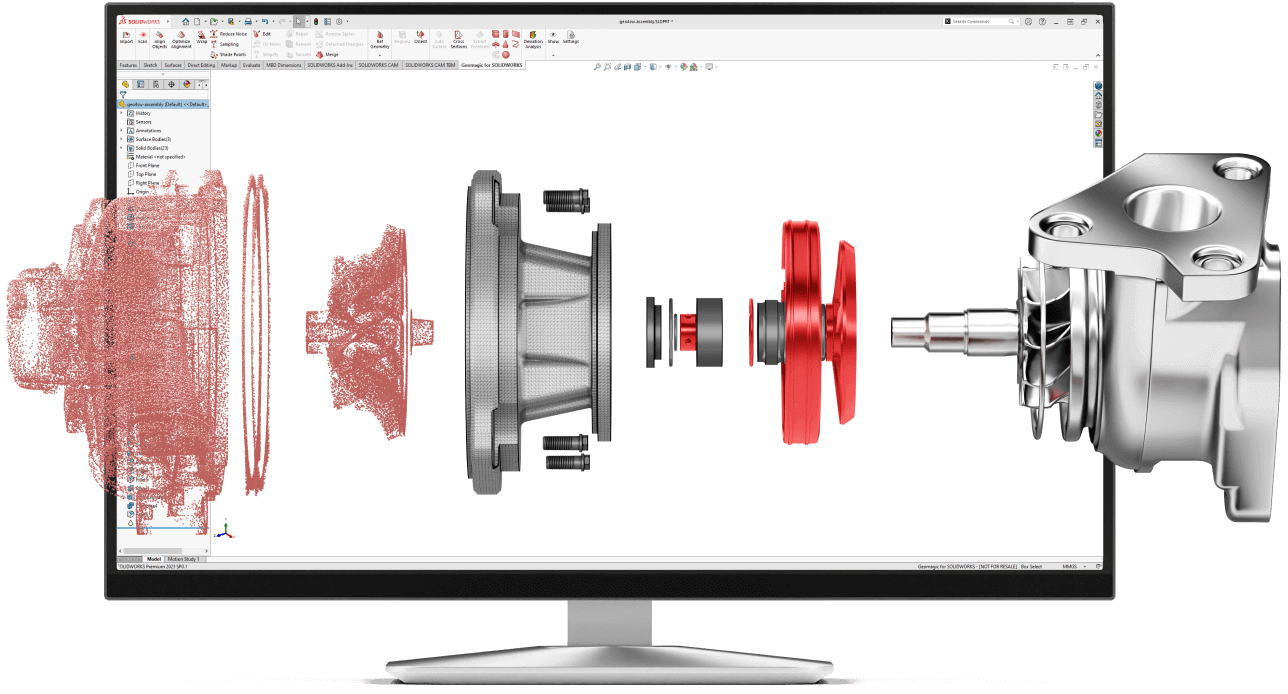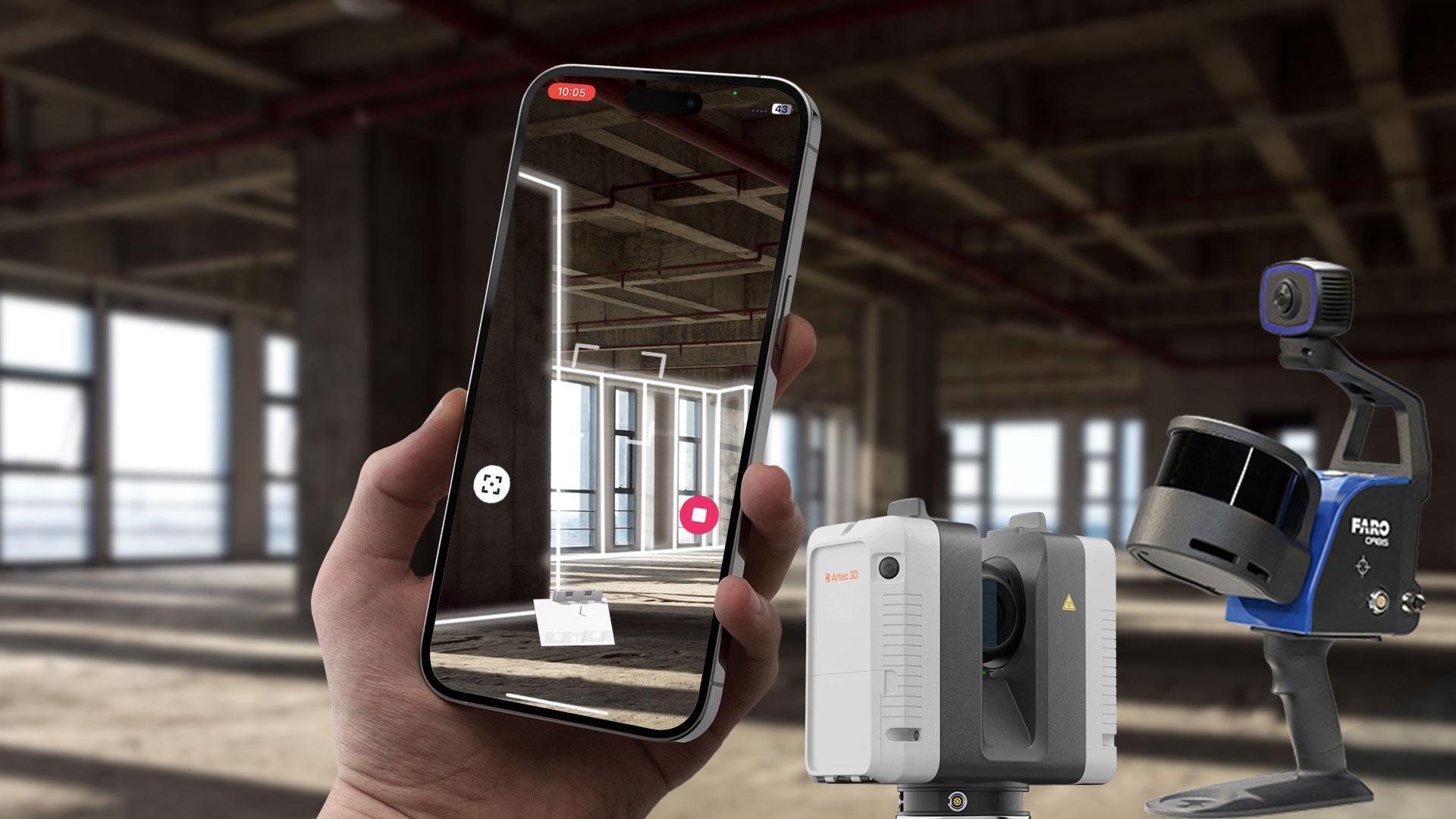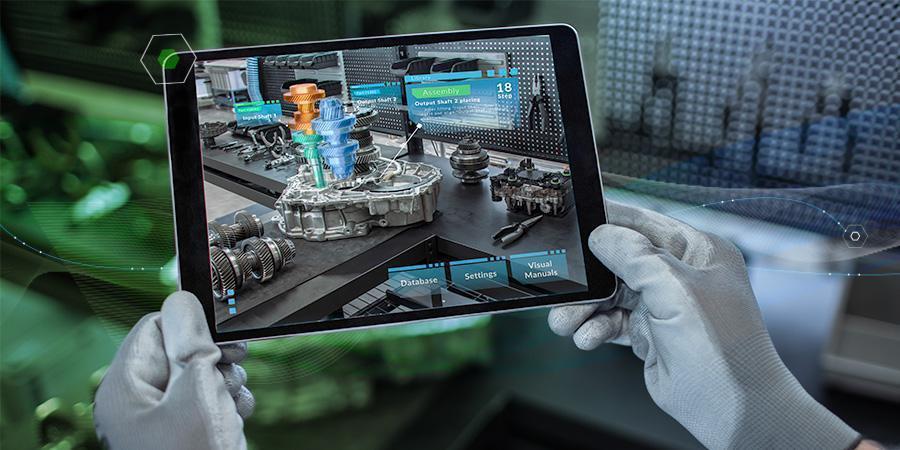Collaborate & Refine: Master Your 3D Scans in the Cloud

The realm of 3D scanning has undergone a remarkable transformation over the past decades, evolving from niche, specialized equipment to more accessible, versatile tools. Initially, 3D capture was primarily the domain of highly technical industries, burdened by complex software, immense data files, and the need for powerful local workstations. Early methodologies often involved laborious manual processing and significant time investment, making iterative design and widespread collaboration challenging. This limited the scope and speed at which projects could advance, often creating bottlenecks in critical development phases.
As technology progressed, the fidelity and speed of 3D scanners improved dramatically, leading to an explosion in data volume. This created a new set of hurdles: how to efficiently store, process, and share gigabytes, or even terabytes, of intricate 3D model data. Traditional on-premise solutions struggled to keep pace, requiring constant hardware upgrades and robust IT infrastructure. The inherent difficulties in sharing these large files securely and collaboratively across geographically dispersed teams became a significant impediment to innovation and project efficiency. The need for a more agile and scalable solution was becoming increasingly apparent across various sectors.
Previous research and industry discussions frequently highlighted the critical importance of collaborative environments for complex design and engineering tasks. However, achieving seamless, real-time interaction with large 3D datasets remained an elusive goal for many organizations. The fragmented nature of workflows, where models were passed back and forth via email or external drives, often led to version control issues, delays, and miscommunications. This 'ping-pong' approach to data exchange underscored the necessity for a centralized, dynamic platform that could host, process, and allow multiple stakeholders to interact with 3D scans concurrently, fostering a truly integrated design process.
The advent of cloud computing presented a compelling paradigm shift, promising to address many of these long-standing challenges. Initial explorations into cloud-based 3D processing demonstrated its potential for offloading intensive computations and facilitating data storage. However, the early iterations often lacked the sophisticated collaboration tools and intuitive user interfaces required for widespread adoption. The vision was clear: to create an environment where the entire lifecycle of a 3D scan – from capture to final refinement and sharing – could be managed within a single, powerful, and accessible cloud ecosystem. This evolution paved the way for platforms that truly empower users.
Key Insights from the Digital Frontier 💡
- Cloud platforms fundamentally enhance accessibility, enabling diverse teams, regardless of their location, to contribute to and interact with complex 3D models, democratizing access to advanced tools.
- Real-time collaborative features significantly accelerate project timelines by streamlining feedback loops and ensuring all stakeholders work from the most current version of the 3D data, reducing potential errors.
- Centralized data management within cloud environments drastically reduces the complexities associated with version control and data integrity, fostering a more reliable and efficient workflow for all participants.
Analyzing the Cloud's Impact on 3D Workflows ☁️
The transition of 3D scan processing and collaboration to the cloud represents a pivotal moment for industries reliant on spatial data. One of the most profound impacts is the dramatic improvement in accessibility and collaborative fluidity. Geographic barriers that once complicated teamwork are now virtually eliminated. Teams can work concurrently on intricate models, making edits and providing feedback in real-time, fostering a truly integrated design and review process. This seamless interaction is crucial for accelerating project completion and ensuring all stakeholders are aligned, from initial concept to final deployment.
Furthermore, cloud platforms like ScanHub Cloud address the critical need for robust data integrity and security. Concerns about intellectual property and sensitive project data are paramount. Modern cloud solutions employ advanced encryption, multi-factor authentication, and stringent access controls to safeguard information. This secure environment ensures that valuable 3D assets are protected while remaining readily available to authorized personnel, mitigating risks associated with traditional data transfer methods and local storage vulnerabilities. The peace of mind offered by these measures is invaluable.
The scalability and performance benefits offered by cloud infrastructure are transformative. Processing massive 3D datasets, which traditionally demanded significant local computing power and time, can now be offloaded to powerful cloud servers. This means users no longer need to invest heavily in expensive hardware, as computing resources are available on demand. This elastic scalability ensures that even the most complex scans can be processed, refined, and rendered efficiently, allowing teams to focus on design and analysis rather than hardware limitations. It truly democratizes high-performance computing.
Beyond raw processing power, the cloud empowers users with sophisticated refinement capabilities. Tools for mesh simplification, texture mapping, defect correction, and precise alignment are often integrated directly into cloud platforms. This allows for iterative improvements and the creation of high-quality, production-ready 3D models directly within the collaborative environment. The ability to refine scans with such precision and share those refinements instantly with a team significantly enhances the overall quality of the final output, ensuring that every detail is captured and perfected.
The democratization of advanced 3D technology is another significant outcome. By removing the high barrier to entry associated with specialized software and hardware, cloud-based solutions make sophisticated 3D scanning and modeling accessible to a much wider audience. Small businesses, independent creators, and educational institutions can now leverage tools previously reserved for large enterprises. This broadens the scope of innovation and application, fostering a more inclusive and dynamic ecosystem for 3D content creation and utilization across various sectors.
Looking ahead, the evolution of cloud-based 3D scan management continues to integrate cutting-edge technologies. We anticipate further advancements in AI-driven automation for tasks like object recognition, automated defect repair, and intelligent mesh optimization. This will further simplify workflows, allowing users to achieve professional-grade results with even greater ease and speed. The future promises an even more intuitive and powerful ecosystem where the creative and analytical potential of 3D scanning is fully unleashed, driving unprecedented levels of efficiency and innovation.
Future Directions & Applications 🎯
- Streamlined Industry Workflows: Facilitating rapid prototyping, architectural visualization, and cultural heritage preservation by enabling seamless data capture, processing, and collaborative review.
- Accelerated Development Cycles: Empowering teams to make quicker, more informed decisions through real-time feedback and iterative refinement, significantly reducing time-to-market for new products.
- Enhanced Educational & Research Opportunities: Providing accessible, powerful tools for students and researchers to explore, analyze, and create 3D models, fostering innovation and skill development globally.
Related posts
Comments

